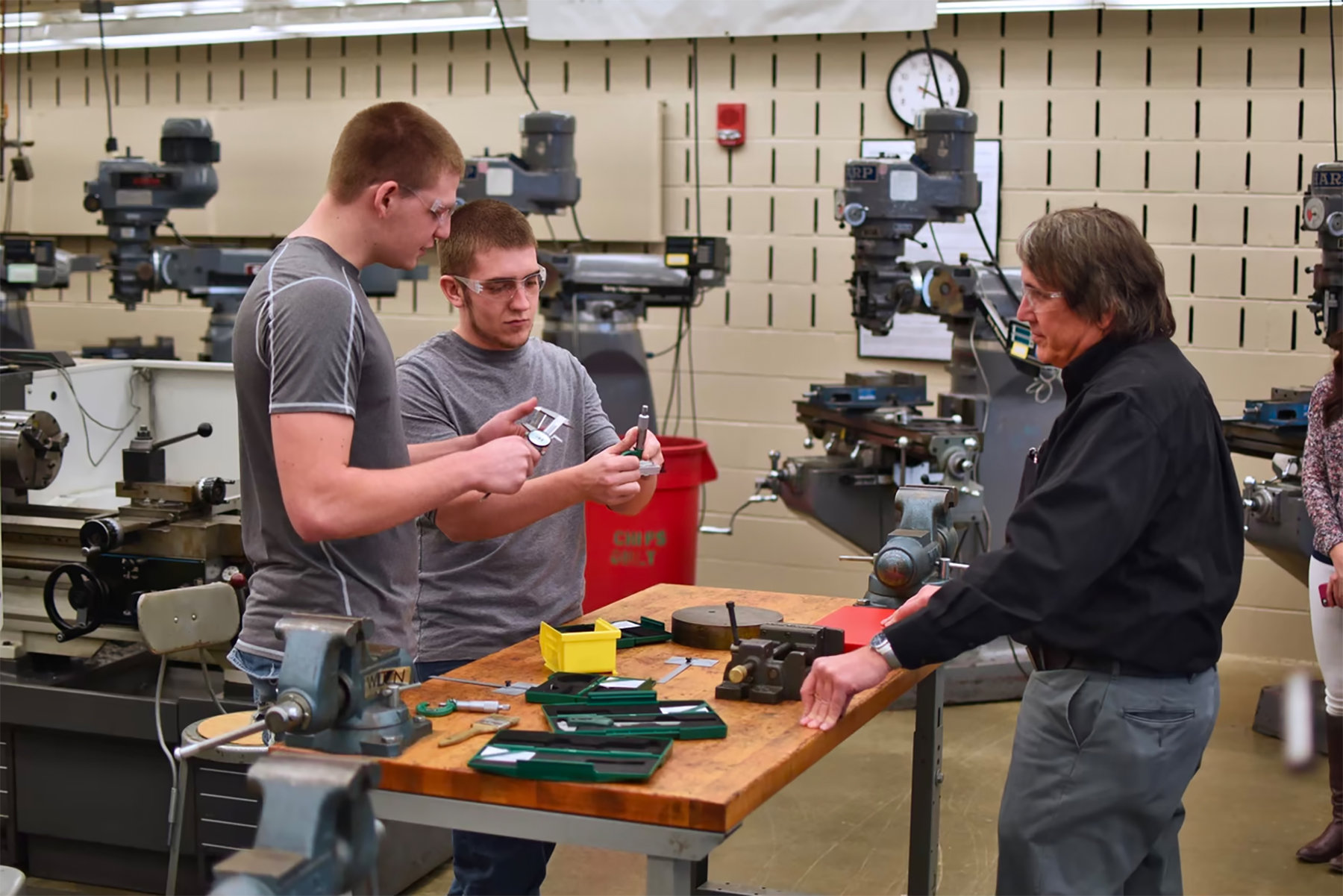Last month we wrote about the surprising partnership in Angola, Indiana between a city-redevelopment movement, which has brought new life and activity to a historic small-city downtown, and the adjoining Trine University, which has had an extremely high success rate in placing its graduates in jobs or advanced-degree programs.
Over the past two decades, smaller private universities across the country, especially those far from major cities, have struggled to attract students and keep their doors open. But as detailed here, in those two decades Trine has quadrupled its enrollment, and it claims that graduates leave with an average student-debt burden of less than $30,000.
“There are good things and bad things about a reputation as an engineering school,” the president of Trine, Earl Brooks told me, when I spoke with him in Angola last month. “The good thing is the job-placement rate. The bad thing is people thinking you’re only about engineering.”
Want proof that Trine is not just about engineering? And that a cannily analytical approach to possibilities can pay off in many realms? Please read on:
This past weekend, the Trine Thunder women’s softball team made it to the Division III national championship series, which will be held this coming week in Tyler, Texas. The Thunder advanced over the Knights of SUNY Geneseo with what Yahoo Sports News described as “the greatest hidden ball trick you’ve ever seen,” and which ESPN also featured in its nightly “Plays of the Day” recap. The MLB.com report on the game was headlined, “You’ll need at least eight viewings to figure out how this wild hidden ball trick worked.”
Justin Cohn of The Journal Gazette of Fort Wayne, Indiana, the nearest large city to Trine, has a story with the headline “Trine softball’s epic trick play,” and Trine’s news service has more detailed reports here. As you’ll see, the play took careful planning, elaborate choreography, dramatic aplomb, and—for the last out in a playoff game—daring and guts.
We’ll follow the Thunder as they move on to the next round, against Illinois Wesleyan. (For how the game looked from the Geneseo perspective, including a reflection on what was still the best-ever season in the school’s history, see this post-game interview.)
To spell out what is happening here: In the final inning, SUNY Geneseo was down by two, with two outs, but with runners on first and second. After a pitch, the Trine pitcher got the ball back from the catcher—and then whirled and appeared to be trying to pick off the runner at second.
The pitcher put everything into that fast throw toward second base—and then the rest of the Trine team acted for all the world as if she’d badly mis-thrown the ball. Two infielders valiantly dived into the dirt, as if trying to stop the ball before the runners could advance. Outfielders frantically ran up, as if trying to get the ball back into the infield before SUNY could tighten the score.
But of course the pitcher had merely mimed the throw, and was hiding the ball in her glove the whole time. The contortions of the infielders and outfielders were all an act. The act convinced the SUNY runner, who saw an opening to score—and as she moved on from second, the pitcher ambled over to tag her out and end the game.
Sympathies to the Knights, and good luck to the Thunder!




